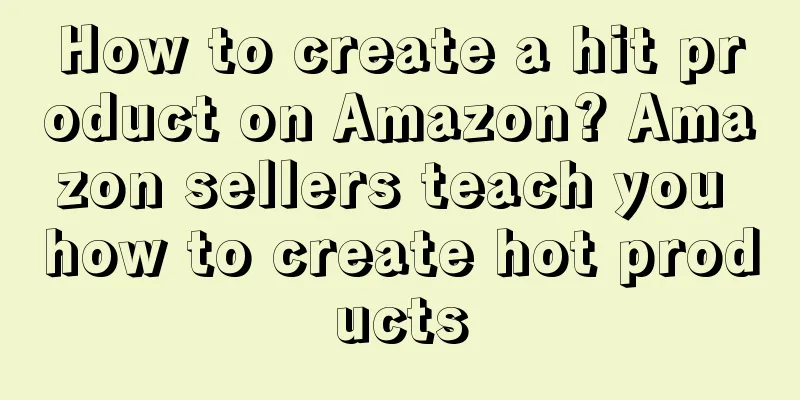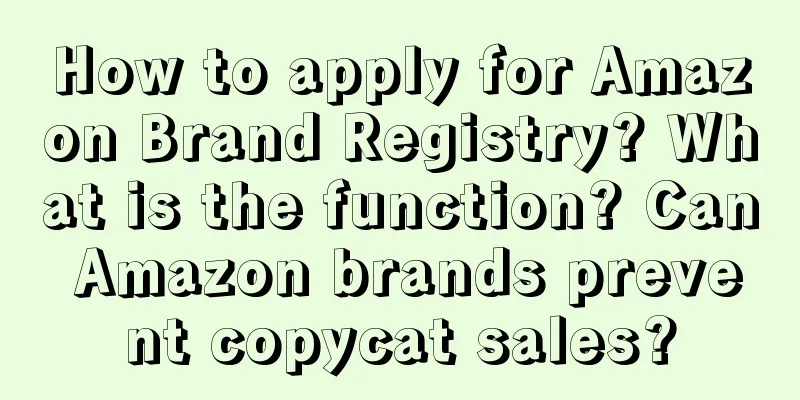When it comes to how to create Amazon hits, many sellers will first think of in-site advertising. Yes, the in-site advertising traffic is accurate. More than 80% of Amazon’s orders are brought by in-site traffic, and in-site advertising just plays the role of positioning the in-site traffic, which is indeed a good tool. However, is in-site advertising really appropriate for sellers who are operating low-priced products?
We are always worried that the number of sellers on the Amazon platform has increased, price wars have broken out, and profits have been diluted. This is all true. Under such circumstances, although in-site advertising can obtain accurate traffic, it is also an indisputable fact that the cost of in-site advertising has increased. This reality is even more cruel for low-priced products, that is, your profits are simply not enough to place advertisements.
But even so, there are always some sellers who, either with a trial-the-waters mentality or due to limitations on available funds, have to choose to operate with low-priced products. If choosing low-priced products is an established objective fact, how can we promote them from no orders to orders, from sporadic orders to stable orders, from a small number of orders to growing into best-sellers and hot-selling products, and turn them into cash cows in our own operations?
The creation of high-priced products can involve a large number of in-site advertisements, but the creation of low-priced products requires a different approach. It requires sellers to have the ability to fly close to the ground and to dare to use price factors, which consumers are most sensitive to, to activate sales.
For any seller, low-priced products are almost the same from the profit perspective - the profit is not high, and there is no difference from the cost perspective - the cost is almost the same. In close combat, the brave will win. The bravery here means that you dare to offer the banner of super low prices. The vast majority of consumers tend to prefer products with price advantages. The first step for sellers is to make their product prices have absolute advantages.
So, how low is the super low price here? Others have a 30% profit margin, but I only maintain a 10% profit margin. Is it a super low price? Wrong! If you think in this way, you will sadly find that you have no sales at all.
When I say low price, I mean a price low enough to generate orders. This price may require you to suffer losses at a certain stage, and your competitors may even think you are mentally ill. It doesn’t matter. In short, it must be low enough to generate orders naturally.
Maybe you will say that you won’t do a business that loses money, but imagine if the advertising you invested in today does not generate the expected sales, are you profitable? No. If you have no sales today, have you lost money? Not on the surface, but actually yes! Your time cost, the accumulated advantages that you would have gained from certain sales, and other factors will disappear invisibly because you have no sales. Therefore, no sales will also result in a loss. Time is lost and confidence is eroded.
Compared to no sales, even at a low price, as long as there are sales, it will bring positive power to your operations. Sales volume will directly increase the BSR ranking of the Listing. As the ranking goes up, traffic will naturally increase. With more traffic, the chances of closing deals will naturally increase. A positive cycle is formed. The most important thing is that when you receive the first order, you feel happy. When the orders grow steadily, you will not only have the confidence to continue. There is also more room and opportunity to reduce costs and increase profits. If you don't believe it, do you dare to try not taking any orders for three months? See if you can really hold on.
When a product generates orders due to its low price, it leads to an increase in the listing weight and ranking, which also gives you confidence in your operations. At the same time, according to the law of conservation of market capacity, when you seize more market share, it means that the market share of your competitors is shrinking. As you grow and your competitors decline, your chances of success will inevitably increase.
Based on actual operational experience, the products we operate generally have a low unit price. They are products that require a lot of effort and are tiring, but have low profits. We have adhered to the principle of low prices since the first day that most of our products were put on the shelves. We don’t even put out advertisements, we just stick to one thing: low prices. In the early stages, we considered the loss on each order as the cost of advertising. As sales increase, we will gradually increase the price. It often only takes one to two months to push a product into the top 10 of the category. At this time, daily sales are stable and sales prices have returned to a level that meets expected profits.

